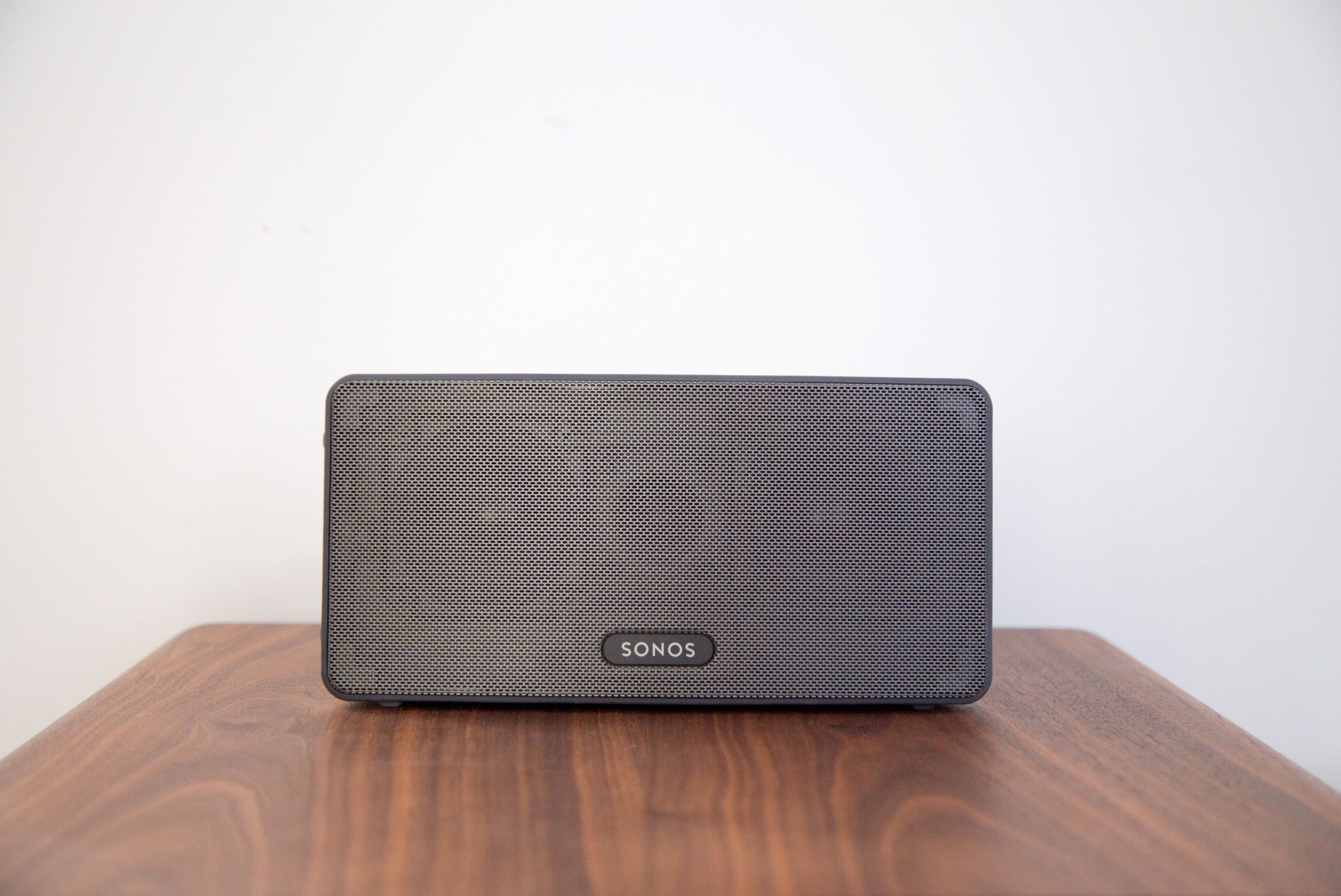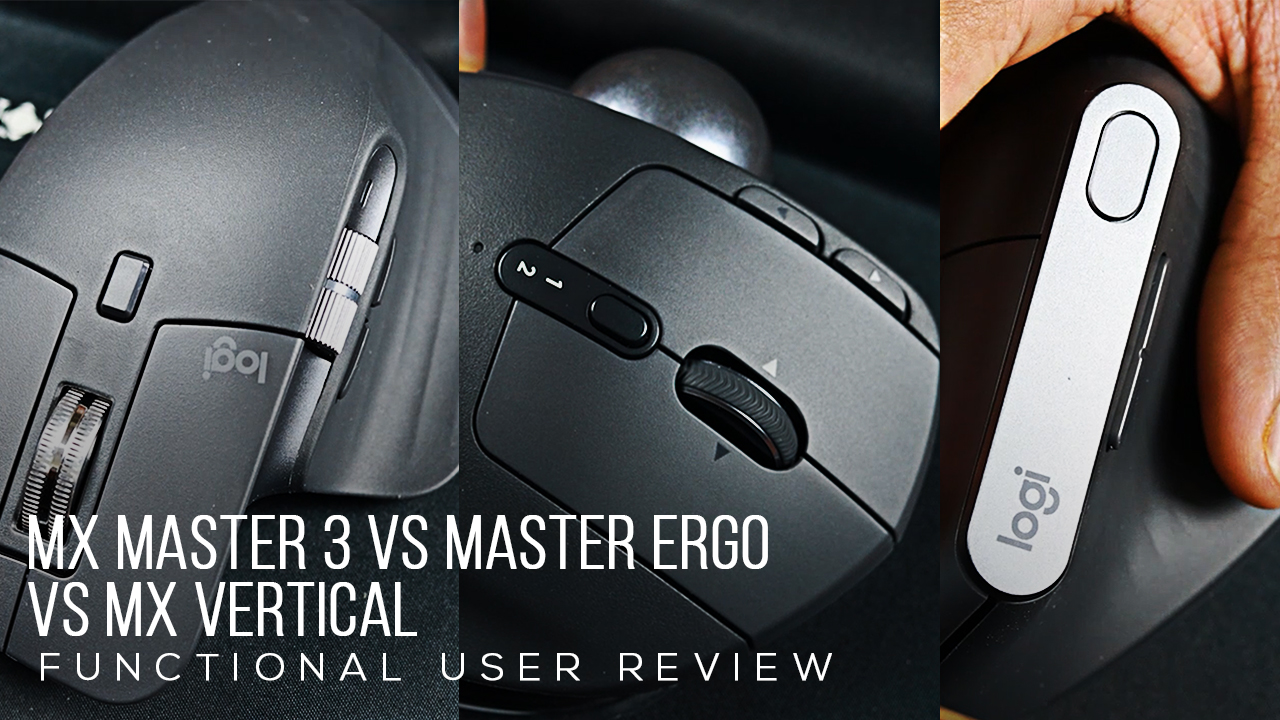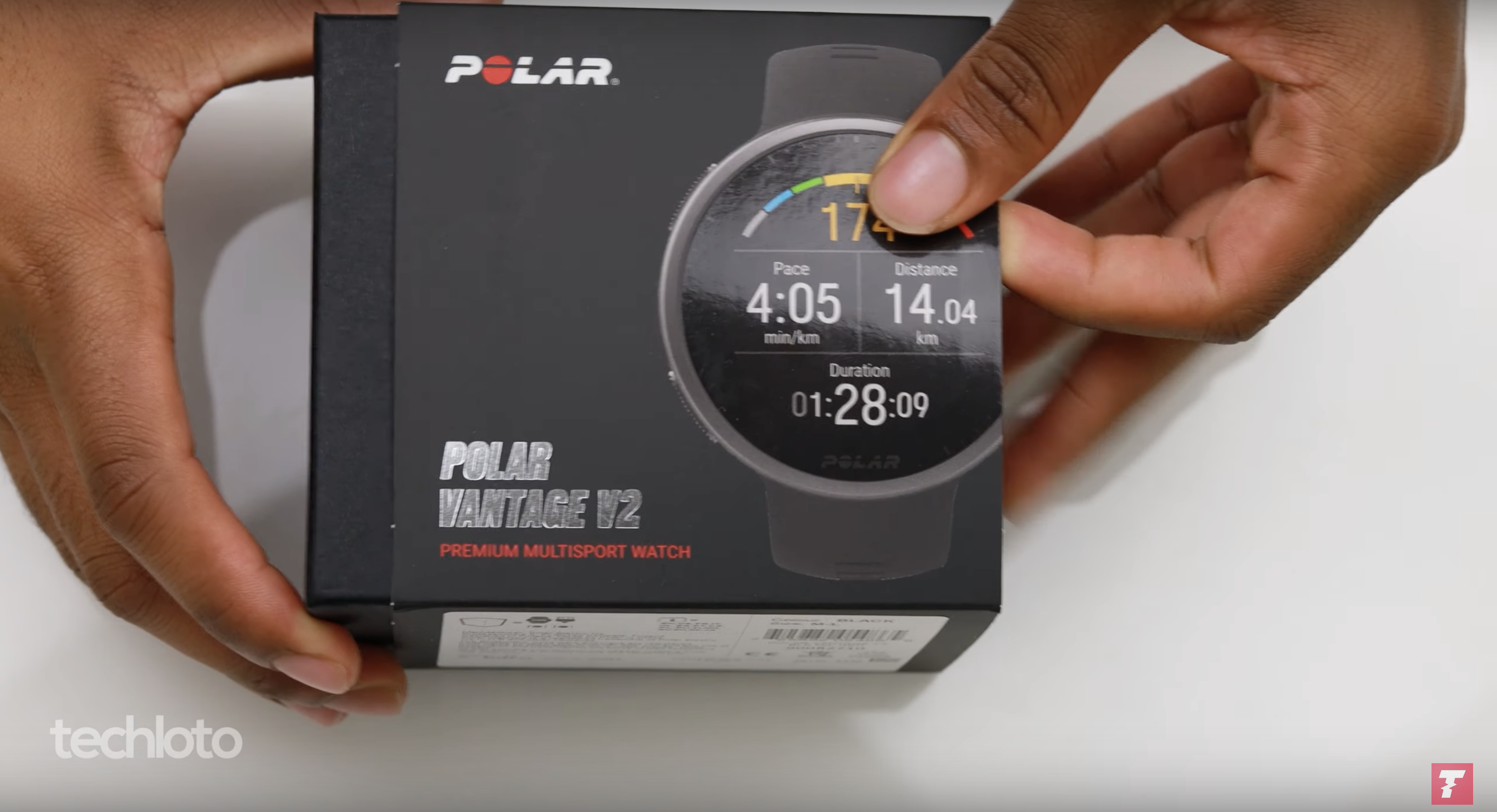I’ve had the Libratone Zipp Classic for over six years now. Yes, it’s old. Yes, there are newer models. And yes, I’ve looked at them. But here’s the truth: newer isn’t always better.
So why keep such an “outdated” speaker when Sonos, Bose, and even Libratone themselves have moved on? Simple — this thing still delivers where it matters.
Not Just Another Portable Speaker
The Zipp Classic was marketed as a portable speaker. But unlike most of its competitors at the time, this wasn’t just another Bluetooth box. It’s actually a Wi-Fi speaker, which makes it smarter, more versatile, and—honestly—still relevant in 2025.
Sure, it has features that feel dated now:
- 3.5mm jack input (rarely useful in the age of dongle-life)
- USB port for playback (fine if you’re iOS, frustrating if you’re Android—USB playback no longer works on many modern Android devices)
On paper, that doesn’t sound groundbreaking anymore. But when you actually listen, the Zipp Classic reminds you why it was premium.
The Sound: Still Hard to Rival
Even after all this time, the sound quality holds up. The Zipp Classic punches well above its weight:
- Rich bass without being muddy
- Clear mids for vocals and podcasts
- Detailed highs that don’t pierce
I’ve compared it with newer speakers in a similar price range, and it still feels more full-bodied and room-filling. Honestly, I call it my “budget Sonos”—though that feels unfair because the audio experience is closer than you’d expect.
Why Wi-Fi Beats Bluetooth
Bluetooth is fine for casual listening. But once you experience Wi-Fi streaming, it’s hard to go back:
- No random dropouts when you move your phone
- Better sound fidelity (less compression)
- Spotify Connect support — my personal favorite
Here’s the underrated gem: Spotify Connect means I can be in another room, another city, or even another country and still play music on my Zipp Classic as long as it’s online. I’ve literally used it on holiday to make it seem like someone’s still home. Pair it with smart lights? Instant security trick.
App Support and Tuning
Despite being discontinued, Libratone still supports the Zipp Classic via the Libratone app. Through it you can:
- Adjust sound profiles based on placement (floor, table, corner)
- Switch between presets (my go-to is the Classical setting for balanced frequency response)
- Manage Wi-Fi settings and updates
That ongoing support is one of the reasons I’ve never let it go.
Limitations
I won’t oversell it. The Zipp Classic isn’t perfect:
- It’s not ideal as a TV speaker (yes, I tried for about a year, but it’s better left as a music speaker).
- The battery life isn’t impressive by 2025 standards. It works, but don’t expect to drag it everywhere.
- It lacks modern features like AirPlay 2 and smart assistants.
But you know what? For a speaker I mostly use in my kitchen or living room, it still does exactly what I need.
Why I Still Keep It
Even against newer rivals, the Zipp Classic is reliable, great-sounding, and endlessly useful. It’s the kind of speaker you tuck into a corner of your home, connect to Wi-Fi, and it just keeps delivering.
Would I replace it with a shiny Bang & Olufsen or Sonos? Honestly, no. Not because they aren’t excellent, but because the Zipp Classic has carved out a permanent spot in my home. It may be old, but it still earns its keep.
Verdict: The Libratone Zipp Classic isn’t just nostalgia. It’s proof that good design, proper Wi-Fi integration, and thoughtful audio tuning can stand the test of time. If you’ve still got one, don’t give it up—you’ll miss it more than you think.







